ASTM A312 is a standard specification for Seamless, Welded, and Heavily Cold Worked Austenitic Stainless Steel Pipes, ASTM A312 material covers Austenitic stainless steels, and ASTM A312 pipe is manufactured in both welded and seamless processes.ASTM A312 stainless steel pipe is widely used for high-temperature service and general service, with pipe sizes from 1/8 inch to 30 inch for outside diameter, and wall thickness from Schedule 5S to 80S.
ASTM A312 Seamless Pipe
Pipe should be made from stainless steel billet in hot rolling or cold drawn, with no welding process during manufacturing, seamless pipe has better pressure to withstand, annealing solution and pickling finishing condition, applied for high temperature and corrosion environment.
Seamless Pipe Manufacturing Process
Billet Heating and Piercing
A stainless steel billet is heated in a furnace until it reaches the required temperature for plastic deformation. The hot billet is then pierced with a mandrel to create a hollow shell.
Hot Rolling and Elongation
The pierced billet undergoes hot rolling, elongation, and size reduction to achieve the required outer diameter and wall thickness. Specialized mills, such as the mandrel mill or plug mill, are used to refine dimensions.
Sizing and Stretch-Reducing
Further rolling and sizing operations are performed to ensure precise diameter and wall thickness tolerances.
Heat Treatment
After forming, the seamless pipe is heat-treated—typically solution annealed—to relieve stresses and restore the corrosion-resistant properties of the stainless steel.
Pickling and Passivation
The pipe surface is treated with acid solutions to remove scale and oxide layers, followed by passivation to enhance the protective chromium oxide film.
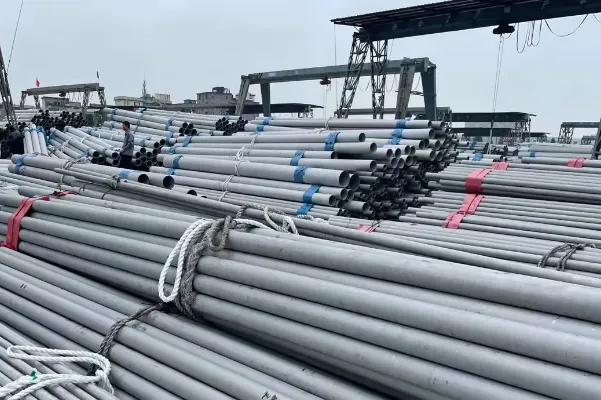
ASTM A312 Welded Pipe
No additional metal using an automatic welding process for welded pipe, made from stainless steel strip or plate, using TIG, ERW,
ERW Pipe and other welding methods to produce single welding and double welding pipes, small diameter and large diameter are available in annealing pickling finish.
ASTM A312 stainless steel welded pipe manufacturing process mainly includes raw material preparation, forming, welding, heat treatment surface treatment and other links. Raw materials need to be selected to meet the standard requirements of austenitic stainless steel plate or strip, after cutting, cleaning and other pre-treatment into the molding machine for roll or press forming. After forming the billet needs to be welded, welding can be automatic welding, manual welding, or a combination of welding methods to ensure the quality of the weld. After welding, heat treatment is also required to eliminate welding stress and improve the overall performance of the pipe. Finally, the internal and external walls of the pipe are mechanically polished, degreased, pickled and cleaned to achieve the required surface finish.
To ensure that the quality of ASTM A312 stainless steel welded pipe meets the standard requirements, manufacturers need to implement strict quality control measures. Firstly, raw materials need to be strictly inspected to ensure that their chemical composition and mechanical properties meet the standard requirements. Secondly, in the manufacturing process, the need for strict control of each process, such as forming accuracy, welding quality, heat treatment temperature and time, etc. need to meet the process requirements. At the same time, it is also necessary to carry out comprehensive testing and testing of the finished product, including mechanical properties test, intergranular corrosion test, hydraulic test, etc., to ensure the safety and reliability of the pipeline in actual use. In addition, the manufacturer also needs to establish a perfect quality management system, comprehensive monitoring and management of the production process to ensure the stability and consistency of product quality.
Applications of ASTM A312 Pipes
Because of their superior corrosion resistance and mechanical strength, ASTM A312 stainless steel pipes are widely used in:
Petrochemical and Refinery Pipelines handling corrosive fluids and gases.
Power Generation Plants for high-temperature steam and condensate lines.
Food and Beverage Industry where sanitary conditions and non-reactive materials are critical.
Pharmaceutical and Biotech Processing requiring high purity and corrosion resistance.
Marine Applications exposed to saltwater environments.






 English
English Español
Español بالعربية
بالعربية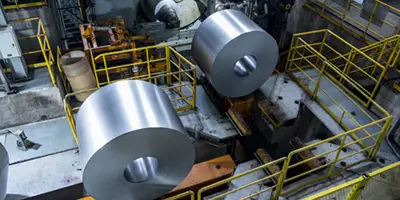
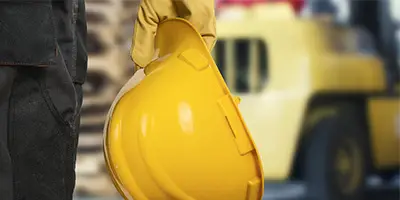
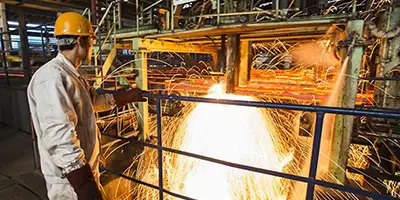
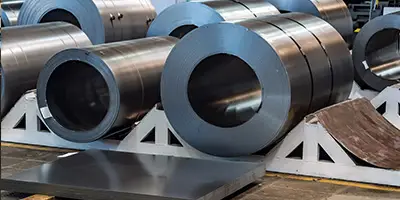

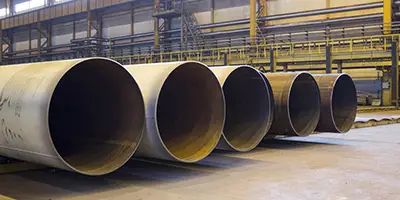

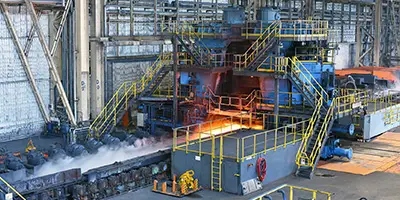
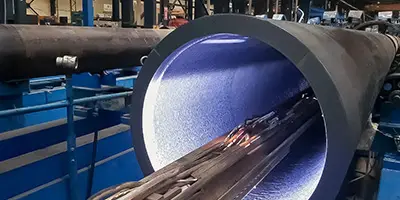
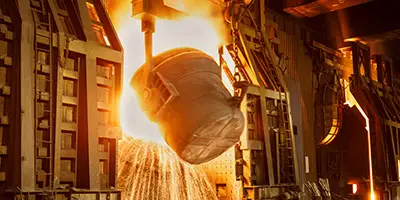
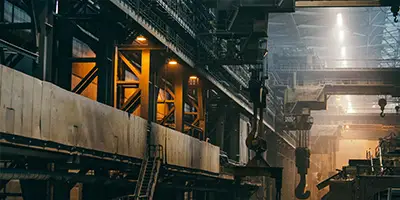

 Phone :
Phone :  Whatsapp :
Whatsapp :  Email :
Email : 


